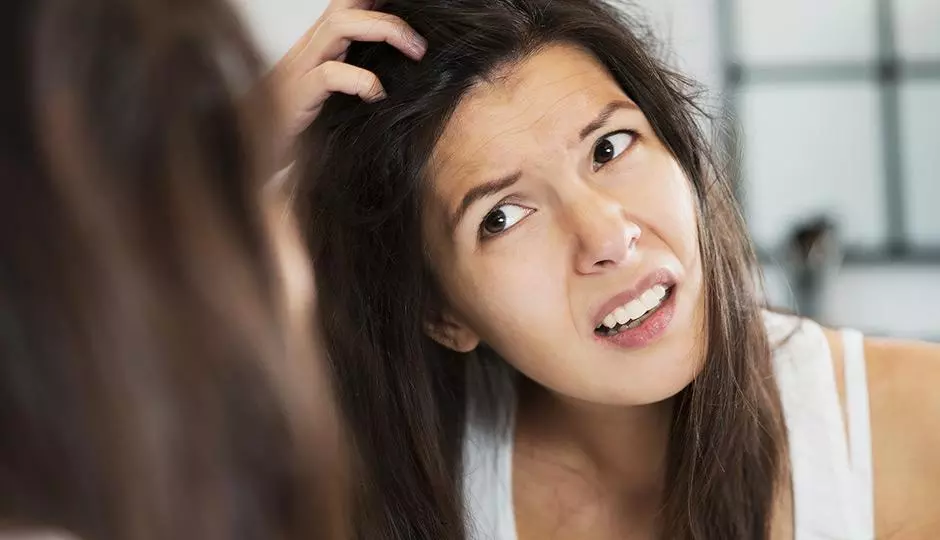Hair loss is a natural part of life—and yet, for many women, it remains a taboo topic. Certainly, most girls don’t grow up anticipating that one day they will experience thinning hair. When it happens, it can be a painful reality to even consider. The good news is that, while female hair loss can be caused by many different factors, there is always a solution that offers safe, lasting results.
That’s the hopeful message we offer here at Abstrax Hair Designs & Restoration. Many women come to us scared of their thinning hair, but with a consultation, we are always able to help them find the proper solution. If you’re a woman dealing with hair loss, we invite you to join us in our welcoming, private Toms River, NJ studio, where we can diagnose and then treat your thinning hair.
Understanding the Causes of Female Hair Loss
Before we discuss the causes of female hair loss, it’s important to discuss how hair actually grows. The follicles on your scalp go through a regular cycle of growth, then rest. In the growth phase, each follicle produces new hair. Then, in the rest phase, old hairs are shed to make room for new growth. At any given moment, up to 10 percent of your follicles may be in the rest phase, and it’s not unusual for women to shed up to 100 hairs a day. This is all part of the healthy hair growth cycle.
Problems arise when this cycle is disrupted. In some cases, this means the growth cycle is stymied, and made to be unproductive. In other cases, the rest phase is extended, meaning you shed more hair than you’re growing. All of the conditions below ultimately fall into one of these two categories.



What Causes Hair Loss in Women?
As for some of the specific causes of female hair loss, there are several worth highlighting.
- Androgenetic alopecia. This condition is more commonly referred to as female pattern hair loss, or female pattern baldness. Fortunately, it’s not quite as common as its male counterpart, but it is one of the primary conditions that leads to women’s hair loss. It stems from excess male hormones, which disrupt the hair growth cycle, and while it can’t necessarily be “cured,” its effects can be resolved.
- Medical conditions. There are a number of medical conditions and treatments that can cause hair loss, too—with chemotherapy being one of the most obvious examples, as well as many prescription medicines.
- Any hormonal imbalance. Thyroid problems, pregnancy, menopause—basically anything that interferes with a woman’s hormone levels can potentially be the culprit behind hair loss.
- Other forms of alopecia. Alopecia universalis and alopecia totalis, though much rarer than androgenetic alopecia, can lead to hair loss on the scalp and throughout the body. These conditions are autoimmune disorders, in which the body actually attacks its own hair follicles.
- Trichotillomania. This nervous disorder leads to the compulsive pulling, twisting, or chewing of hair. If untreated, it can actually cause scars to form along the follicles, which makes the hair loss effects permanent.



